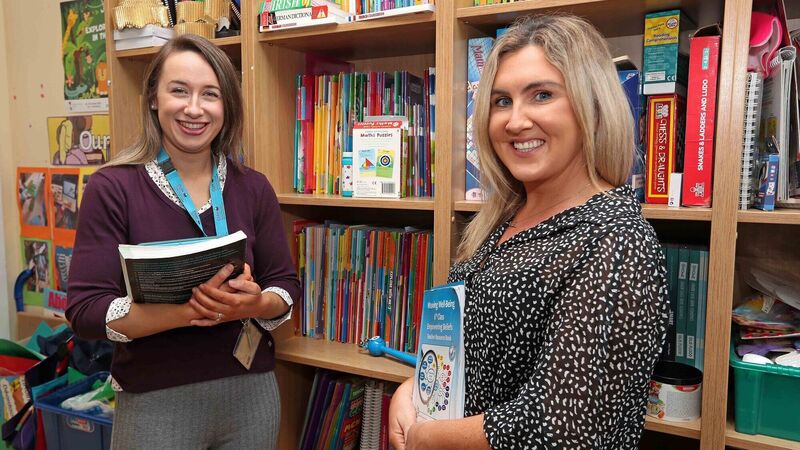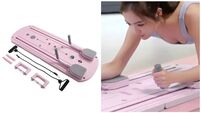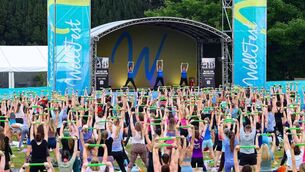Scoil CUH: Meet the teachers whose mission is to give kids a sense of autonomy in hospital

Scoil CUH, with Laura Woods, Principal and Deirdre Murphy, Deputy Principal, at Scoil CUH, Cork University Hospital Puffin Ward, Cork. Picture: Jim Coughlan.
They don’t come to school in uniforms. They come in pyjamas instead. It’s a tradition that makes perfect sense — when your classroom’s ensconced in the heart of Cork University Hospital.
Here, the students, all of whom are CUH patients, range from age five to 16, or thereabouts. Some even sit the Junior and Leaving Certificate while there. Despite the disparate range, principal Laura Woods and deputy principal Deirdre Murphy strive to cater for everyone’s needs and not just academically.

Celebrating 25 years of health and wellbeing











